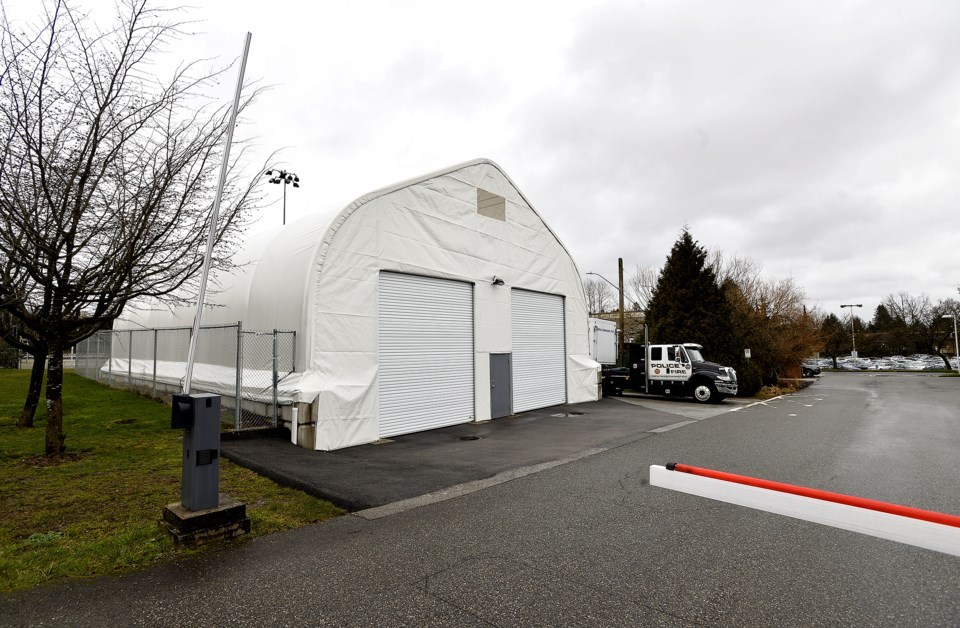The future təməsew̓txʷ Aquatic and Community Centre has received its second parking variance in as many years.
On Monday, council approved a development variance permit that reduces the number of parking spaces required for the future facility being built at 65 East Sixth Ave., on the site next to the Canada Games Pool and the Glenbrook Fire Hall. Instead of the 527 on-site parking spots required under the site’s zoning, a staff report said it will have no fewer than 386 spaces.
It’s the second parking variance council has granted to the city’s new aquatic and community centre project.
In 2019 council approved a variance that allowed 413 stalls, which is 114 fewer spaces than what’s required under zoning. The latest development variance permit allows a further reduction of 27 stalls, meaning the facility will have 141 fewer spots than what’s required for on-site parking under the site’s current zoning.
A staff report said the latest parking variance is required because the city wants a storage structure at the rear of the fire hall to remain in its current location. It was originally proposed to be relocated, but it has since been determined it should stay put because of cost, issues finding suitable and secure storage locations in the city and negative impacts on the fire department.
According to the staff report, New Westminster Fire and Rescue Services uses the storage structure to house an emergency response vehicle, the fire investigation trailer, a wild land unit, flood response equipment, as well as small equipment reserves and personal protective equipment. Retaining this storage structure in its current location would result in a reduction of parking stalls on the site of the aquatic and community centre that’s now under construction.
To help mitigate the demand for on-site parking, staff is developing a transportation demand management (TDM) program that would encourage the use of sustainable transportation modes for the facility’s patrons and staff. The program would include: encouragement of modes of transportation such as car-pooling, cycling and transit; implementation of time limits for on-site parking; and development of secure long-term bike storage.



